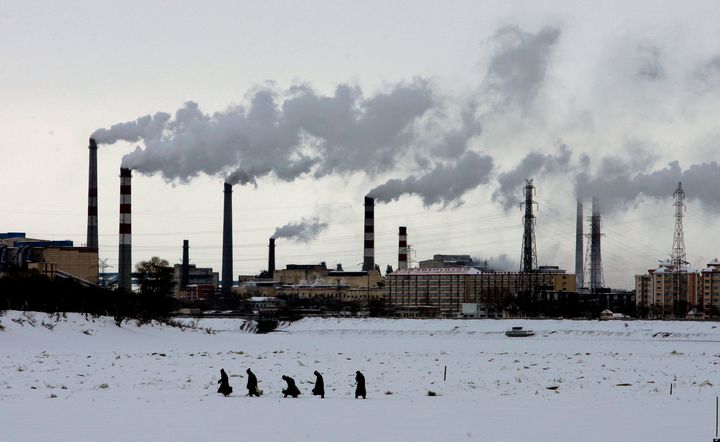
Washington, D.C. -- Fifteen years ago, the federal government decided to clean up a large fraction of the sulfur and nitrogen pollution belching into our skies and acidifying the lakes of the Northeast. Yesterday the EPA released the latest in a series of major reports that outline the results -- including the costs and the benefits -- of its Acid Rain Program.
It's enough to make you proud of being an environmentalist. According to this new report, during the past fifteen years:
- Power plants have decreased emissions of sulfur dioxide (SO2), a precursor to acid rain, to 5.7 million tons in 2009, a 67 percent decrease from 1980 levels and a 64 percent decrease from 1990 levels.
- Air quality has improved; the average amount of ambient SO2 decreased 76 percent between 1980 and 2009. The largest single-year reduction in SO2 since the start of the Acid Rain Program occurred between 2008 and 2009.
- Reductions in fine particle levels yielded benefits including about 20,000-50,000 lives saved annually.
- Many lakes and streams affected by acid rain in the east are exhibiting signs of recovery.
The net benefits have been valued at $120 billion in 2010 alone -- about 40 times the costs. (How often can you find an investment that good? Not in sub-prime mortgages or collateralized debt obligations, as the banks painfully learned.)
But it's important to understand that in 1990, when Congress set the Acid Rain Program in motion, it was a compromise. We're still allowing almost 6 million tons of sulfur dioxide into the atmosphere, and it's still the largest source of the biggest public health threat remaining in our air -- the fine particles that lodge in our lungs after pollutants interact with each other in the atmosphere. About 13,000 Americans still die from fine particles every year.
So the new rules that the EPA is in the process of preparing, after eight years of the Bush administration effectively suspending the Clean Air Act, are literally lifesavers -- and they are likely to prove well worth their cost, just as the acid rain rules were.
But just as happened back in 1990, when Congress debated cleaning up acid rain, the coal industry and the utilities can be counted on to scream that whatever new regulations the EPA puts out will be job killers and economy busters. Just this month, the U.S. Chamber of Commerce went to the media with the same old tired arguments.
In reality, it's pollution that kills jobs and the economy, as well as people -- not cleaning up pollution. The Chamber of Commerce's executives should have listened to their mothers when they told them that filth makes you sick.